Raspberry Muffins

Written by Kenny Ekerin
Fact Checked by Mindsmaking Professionals
10th, September, 2025
This post may contain affiliate links. Please read our disclosure policy.
Soft, fruity, and naturally sweetened with bananas, these raspberry muffins are perfect for babies, toddlers, and busy parents alike. Quick to make, freezer-friendly, and packed with goodness.
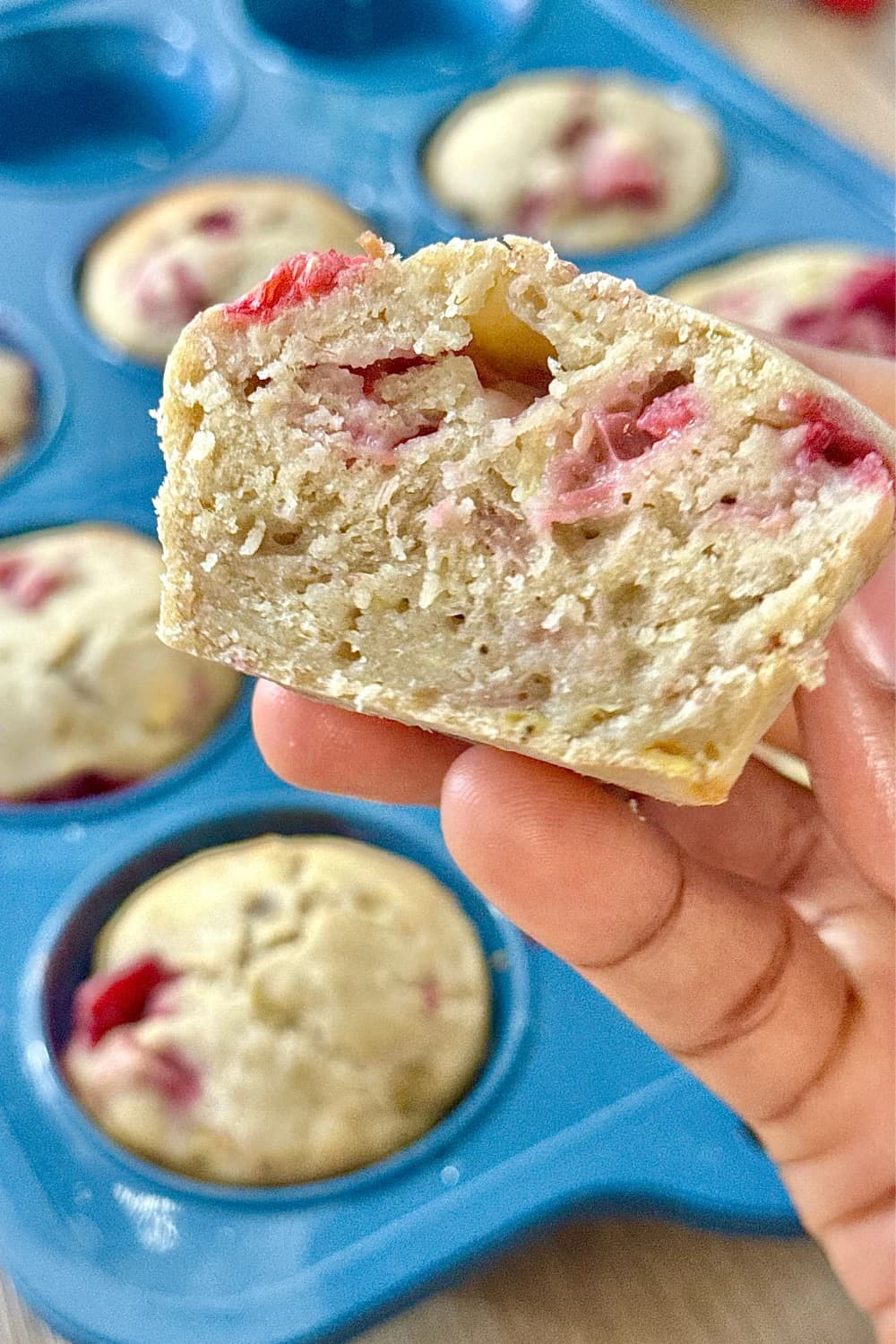
There’s nothing better than a recipe that works for everyone in the family, and these raspberry muffins tick every box. They’re naturally sweetened with bananas, soft enough for babies starting solids, and just the right size for little hands. Parents will love them too, whether as a quick breakfast on the go, a lunchbox filler, or a cozy snack with tea.
Packed with vitamins, fibre, and protein, these muffins are more than just tasty, they’re a smart way to fuel your little ones and yourself! without relying on refined sugar. Plus, they’re freezer-friendly, which makes them a true lifesaver for busy weeks.
Why You’d Love These Raspberry Muffins
- Perfect for babies, toddlers, and adults alike
- Gentle enough for first bites, tasty enough for toddlers.
- Full of natural nutrients from whole ingredients
- Great for meal prep—just freeze and defrost
- Customizable to suit dietary needs or allergies
- A simple way to offer fruit without the fuss.
Prep time: 8 minutes
Cook time: 12–15 minutes
Yields: 18 muffins
How to Make These Raspberry Muffins
Ingredients
- 3 large ripe bananas, mashed (the riper, the sweeter!)
- 1/3 cup plain or Greek yoghurt
- 2 large eggs
- 1/3 cup unsalted butter, melted and cooled slightly
- 2 tsp pure vanilla extract
- 2 cups self-raising flour or 2 cups plain flour + 2 ½ tsp baking powder
- 1 cup fresh or frozen raspberries
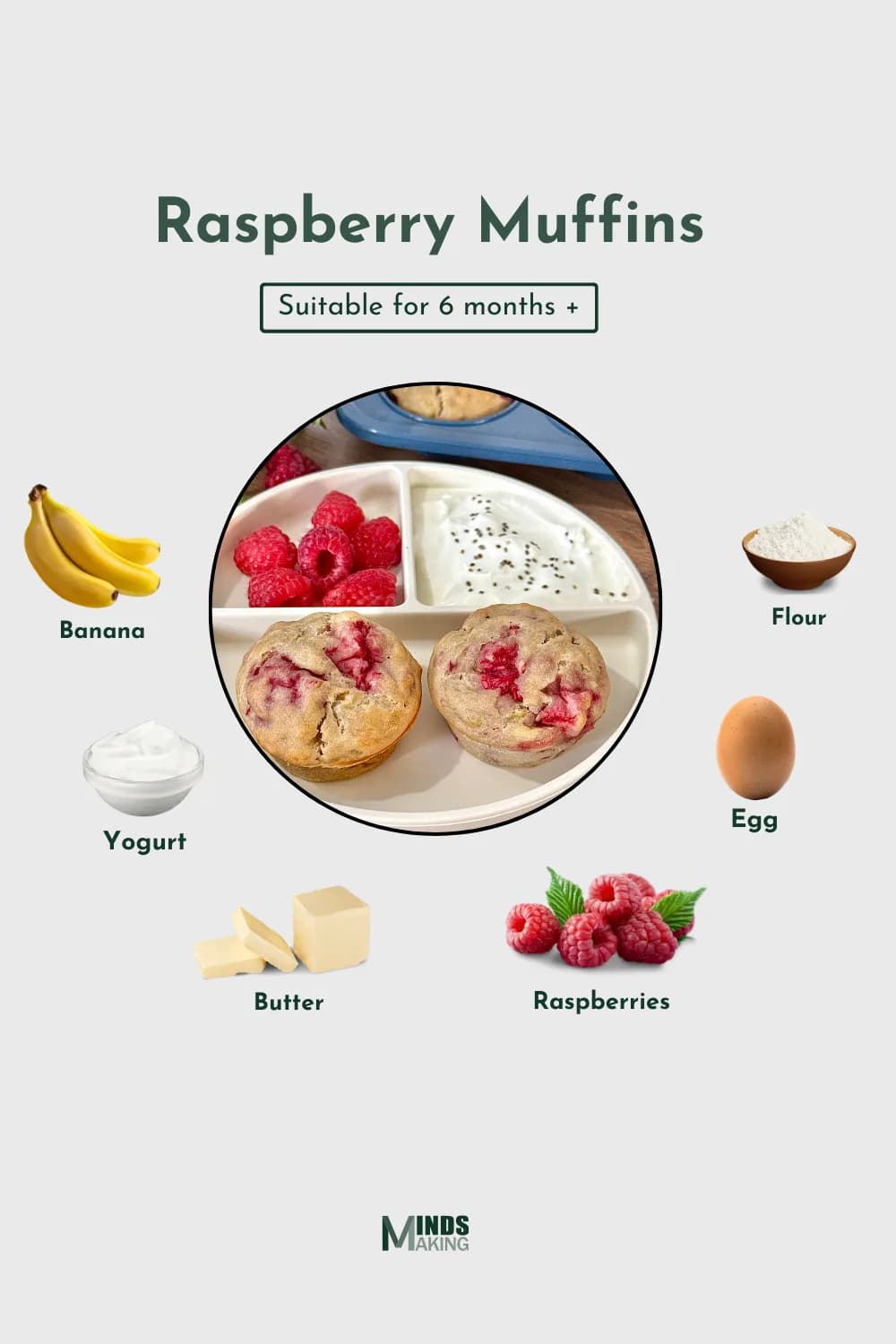
Read This Next

Recipe Ebook
Essential Guide to Starting Solids for Babies 6 Months+ - LBH Top 70 Baby Puree & Porridge Recipes eBook.
Start your baby’s solids journey with confidence using this "70 Baby Purees & Porridges" eBook! Created with care, this digital guide is packed with nutrient-rich recipes for babies 6 months and older, including purees and porridges tailored to each stage of your baby’s development.
Instructions
1. Preheat & Prepare: Preheat your oven to 175°C (350°F) and lightly grease or line a muffin tin.
2. Mash & Mix Wet Ingredients: In a large mixing bowl, mash the bananas until smooth. Add yoghurt, eggs, melted butter, and vanilla extract. Stir until well combined.
3. Add Dry Ingredients: Sift in the flour and fold gently until just combined. Avoid overmixing as that’s the secret to soft, fluffy muffins.
4. Fold in Raspberries: Gently fold in the raspberries. If using frozen, add them straight from the freezer to prevent streaking.
5. Bake: Spoon the batter evenly into the muffin tin and bake for 12–15 minutes, or until a toothpick inserted in the center comes out clean.
6. Cool & Serve: Cool slightly before serving. These muffins are soft enough for little ones but still delicious for grown-ups.
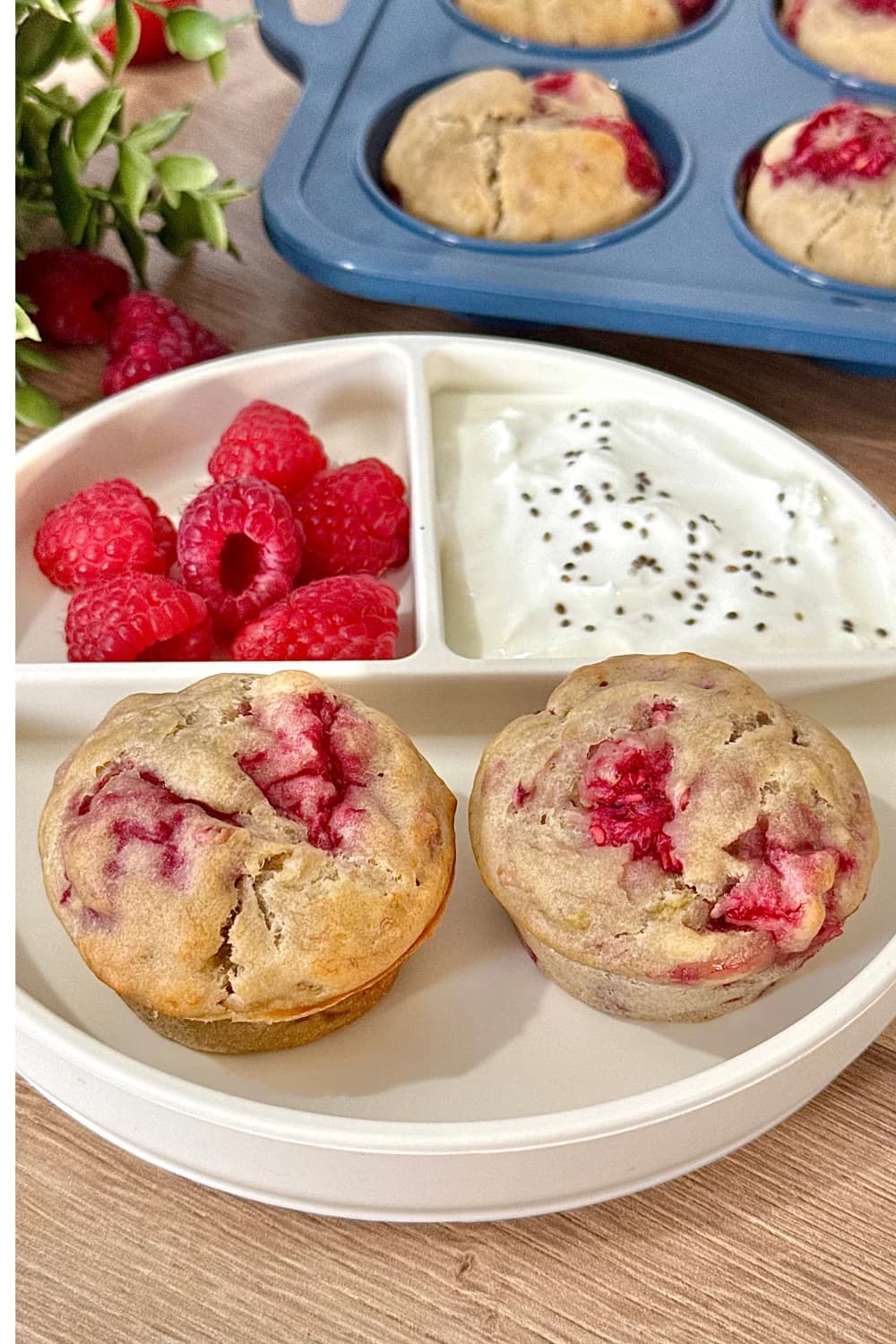
Tips for success
Don’t overmix the batter
When flour is stirred too much, it activates the gluten, which can make muffins dense and chewy instead of light and fluffy. The trick is to fold the flour in gently until you can’t see dry patches anymore. Even if the batter looks a little lumpy, that’s perfectly fine; in fact, it’s better!
Use very ripe bananas
The darker the peel, the sweeter the banana inside. Since this recipe doesn’t use refined sugar, relying on overripe bananas is key to getting natural sweetness. Ripe bananas also mash more smoothly, giving the muffins a soft texture that’s perfect for babies.
Frozen raspberries work beautifully
Don’t feel pressured to buy fresh raspberries every time. Frozen ones are just as nutritious and convenient, especially when out of season. Just fold them into the batter straight from the freezer. If you thaw them first, they’ll bleed too much juice and turn your muffins into a pink swirl.
Make mini muffins for babies and toddlers
Mini muffin tins are a game-changer for baby-led weaning. The smaller size not only makes them easier for little hands to grasp but also reduces food waste if your baby only nibbles. Plus, they bake a little faster, usually in 9–11 minutes.
Serving suggestions
For babies
Offer the muffin plain, cut into quarters or strips for easy grabbing. Babies don’t need toppings, and the soft texture makes it easy to gum and swallow safely. Always supervise closely.
For toddlers
Pair with finger foods to build a balanced snack plate. For example, serve half a muffin with apple slices, a few cheese cubes, and some cucumber sticks. This adds variety, which helps reduce picky eating over time.
For older kids
Pop one into lunchboxes as a naturally sweet, satisfying treat. Pairing it with protein-rich options like yoghurt, boiled eggs, or nut butter helps keep them fuller for longer.
For adults
These muffins aren’t just for kids. Spread one with cream cheese, almond butter, or even a touch of honey
Family breakfast idea
Serve warm muffins alongside scrambled eggs or a fruit smoothie for a wholesome, fuss-free morning meal. Muffins reheat quickly, making them a great prep-ahead option.
How to store
At room temperature: Once cooled, you can keep muffins in an airtight container at room temperature for about 24 hours. Beyond that, they may become too moist and sticky due to the fruit content.
In the fridge: Store muffins in an airtight container for up to 3 days. Place a sheet of paper towel at the bottom of the container to absorb excess moisture and prevent sogginess.
In the freezer: These muffins are wonderfully freezer-friendly. Place cooled muffins on a baking tray, freeze until solid, then transfer them to a freezer-safe bag or container. They’ll keep for up to 2 months without losing much quality.
Reheating: To serve, thaw overnight in the fridge, or pop a frozen muffin into the microwave for about 20–30 seconds (or in the oven at 160°C/320°F for 4-5 minutes). If serving to a baby, make sure the muffin is cooled to a safe temperature before offering.
Nutrition
(per serving, approximate)
- Calories: 173kcal
- Carbohydrates: 24.8g
- Protein: 4.5g
- Fat: 6.4g
- Saturated Fat: 3.7g
- Polyunsaturated Fat: 0.4g
- Monounsaturated Fat: 1.9g
- Trans Fat: 0.22g
- Cholesterol: 45mg
- Sodium: 16mg
- Potassium: 162mg
- Fiber: 2g
- Sugar: 4.4g
- Vitamin A: 231IU
- Vitamin C: 5mg
- Calcium: 22mg
- Iron: 1.15mg
Note: Nutritional values are estimates and may vary depending on ingredient brands and portion sizes.
Frequently Asked Questions
Can I make these muffins dairy-free?
Yes! Simply swap the yoghurt for a dairy-free alternative like coconut yoghurt or soy yoghurt, and use melted coconut oil or dairy-free butter in place of regular butter. They’ll still be soft, fluffy, and delicious.
Are these muffins sweet enough without sugar?
Yes! The bananas add plenty of natural sweetness, and the raspberries bring a tart-sweet burst of flavor. They’re designed with babies and toddlers in mind, so you won’t miss the added sugar. If making only for adults, you could drizzle in a tablespoon of honey or maple syrup, but skip this for babies under 1 year.
Can I substitute the raspberries with another fruit?
Yes! Blueberries, diced strawberries, or chopped peaches work beautifully. You can also use a mix of berries for variety. Just keep in mind that softer fruits like peaches may slightly change the texture.
How can I make these muffins more filling for older kids or adults?
Try adding 1–2 tablespoons of ground flaxseed, chia seeds, or rolled oats into the batter. This boosts the fiber and protein content, making them a heartier snack.
Are these muffins safe for baby-led weaning?
Yes! The soft, moist texture is ideal for babies learning to self-feed. Just cut into small, easy-to-grasp pieces. Always check readiness for solids and supervise closely while your baby eats.
Do I need to defrost frozen raspberries before using?
No! Keep them frozen and fold them in gently. This prevents excess juice from coloring the batter and keeps the fruit evenly distributed.
Was this article helpful?
How many stars are you giving this article?
Leave a comment
Your email address will not be published.
Comments
More From Recipe
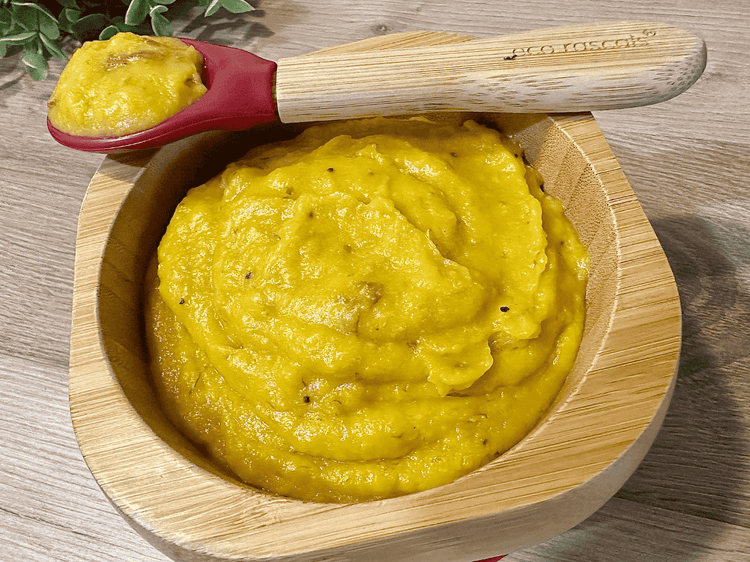
Carrot Plantain Purée (Homemade Baby Food)
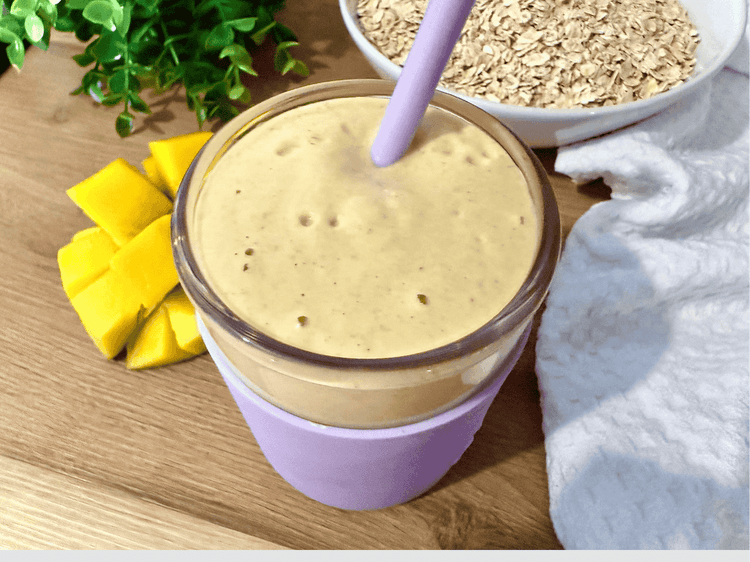
Mango Oatmeal Breakfast Smoothie

Apple Carrot Porridge

Warm Veggie Purée

Avocado Banana Pancakes
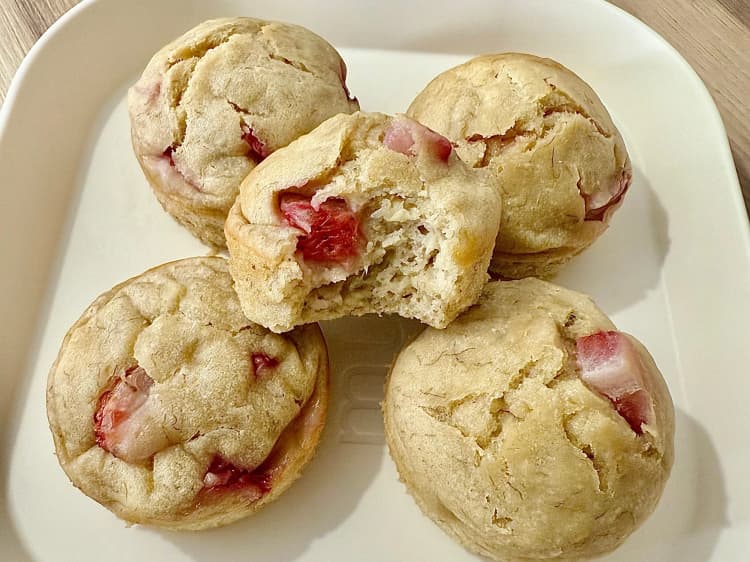
Easy Strawberry Muffins
Get new recipes to your inbox
Subscribe to our weekly newsletter and get new recipes sent to your inbox!